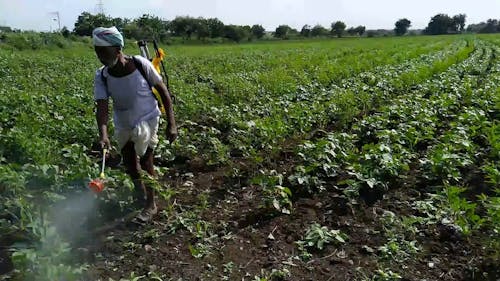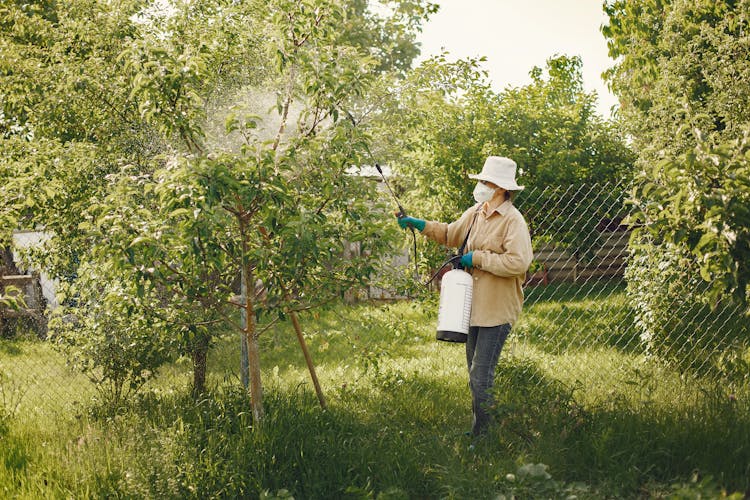All Categories
Featured
Table of Contents



Pesticides, while beneficial in managing agricultural pests, often have unintended consequences on non-target wildlife. Effects range from acute toxicity to more subtle chronic impacts like reproductive failure and immune suppression. Each year, countless wildlife species are subjected to the hazards posed by widespread pesticide use, affecting both terrestrial and aquatic habitats.
National bodies are often required to conduct thorough evaluations of the potential effects of pesticides on wildlife under laws like the Endangered Species Act. These assessments are crucial to ensuring the survival and health of species particularly vulnerable to chemical exposures.

Moreover, international treaties like the Stockholm Convention play a significant role in global pesticide regulation. Such conventions aim to control or cease the use of pesticides classified as Persistent Organic Pollutants (POPs), thus protecting wildlife on a global scale.
Dangers Posed by Pesticides to Wildlife
Wildlife faces numerous threats from pesticides through direct exposure or contamination of their natural habitats. Pesticides entering aquatic ecosystems through runoff lead to significant risks for the organisms living in these habitats, resulting in disrupted reproductive patterns and increased mortality rates.
Birds, a critical part of the ecosystem, can consume pesticide-contaminated insects or seeds, leading to poisoning and decline in bird populations, disrupting ecological balance.
The Financial Consequences of Pesticide Use on Wildlife
The decline in wildlife populations due to pesticides not only affects biodiversity but also has significant economic repercussions. Reductions in wildlife populations can undermine eco-tourism economies dependent on the presence of diverse species. Furthermore, the loss of species like bees, essential for pollination, can also adversely impact agricultural productivity, ultimately affecting food security and economies dependent on agriculture.
How Organic Farming Practices Benefit Wildlife Conservation
Transitioning to organic farming methods can substantially mitigate the adverse effects of pesticides on wildlife. Organic systems restrict the use of synthetic pesticides, opting instead for more natural, less harmful pest control methods. This not only lowers immediate risks to wildlife but also fosters a more biodiverse and sustainable environment.
Insights into Avian Conservation Breeding demonstrate that less chemical-intensive farming supports not just crop health but also wildlife resilience, emphasizing the dual benefits of organic agriculture.
How Laws Aid in Protecting Wildlife Against Pesticides
Legislation is pivotal in ensuring wildlife protection against pesticides. Rigorous laws and stringent enforcement regulate pesticide use, protecting habitats from contamination. Regulatory mechanisms need to be constantly updated to respond to new scientific findings and technological developments in pesticides to stay effective.
Furthermore, actions such as habitat restoration and the creation of buffer zones can also be legislated from the negative impacts of pesticide use.
Latest Posts
How Pesticides Affect Wildlife
Integrated IT Services for Seamless Operations
Initial Inspection Procedures